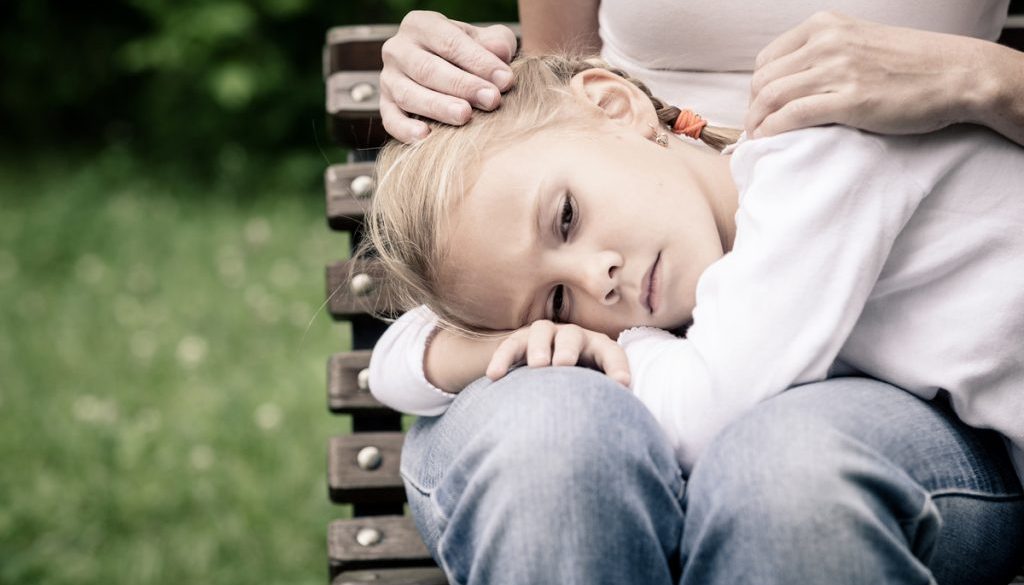Navigating Uncertainty with Your Child

Whether your children are going back to school soon, are already back in school or doing virtual school, there is no denying that we are navigating unchartered territory and with that comes some uncertainty and stress. It is completely normal for parents to want to shelter children from stress but protecting children from reality can have its own set of risks. Perhaps one of the most important jobs of a parent is making sure that their children feel safe and secure. Here are a few ways you can both validate your child in all their emotions and also support them during these uncertain times.
Navigating Uncertainty with your child:
Acknowledge the Challenge: Acknowledge the reality that a challenge exists before offering a solution. For example, “I can see that this is really difficult for you.” Acknowledging your child’s reality helps them feel seen, heard, understood, and connected. It’s not necessary to try to fix things. The simple act of acknowledgement fills your child’s need for emotional safety that comes from the acknowledgment of being seen and understood.
Be Aware of Your Child’s Perspective: Take extra care to notice your child’s verbal and non-verbal cues. Examples of nonverbal cues could be; stomach aches, restlessness, and behavior changes. Young children may not have the language or the skills yet to express exactly what they are feeling or the emotions they are experiencing. Ask open ended questions and point out things you may be observing, “You seem to be having a lot of tummy aches on the way to school, is there anything you want talk about?” or “Change can be really hard sometimes, huh?” Allow your child to freely express whatever emotion they are having and be intentional about hearing and listening to them without judgement.
Support Your Child in Age-Appropriate Ways: Meet your child where they are at with identifying, understanding, and expressing thoughts and feelings. Adults can offer activities to help children regulate and cope with stress in age appropriate ways such as; physical play (exercise), reading together, listening to music, calling a friend, coloring, playdough, playing a game, or making a special meal. Children tend to process emotions through activity more easily than through talking it out.
Ask Your Child How You Can Best Support Them: Encourage a resiliency plan; Talk to your child openly and involve them in imagining ways they might navigate through the challenges. They may surprise you with their ideas for adjusting, coping, and even thriving. Work together in creating ways to make these ideas into reality. This kind of collaborative support validates and empowers a child to be proactive about finding ways that are most helpful to them.
When adults really take the time to acknowledge feelings, validate emotions and listen with intention, children can feel securely attached, seen and connected. From this connected, safe, and secure state, children have the best opportunity to develop courage and resiliency to face life’s uncertainties.





